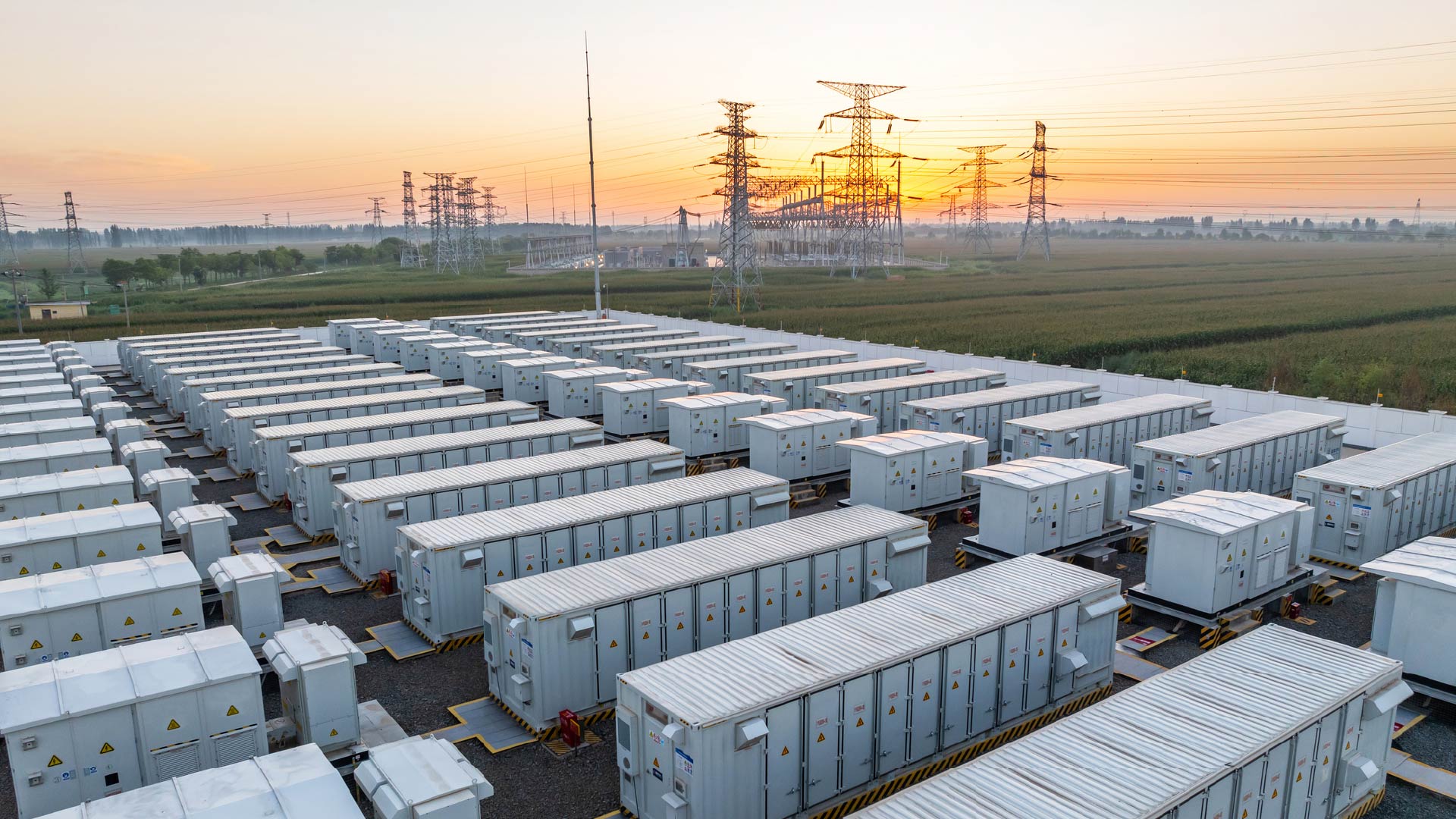Powering The AI Boom: Takeaways From The Brookfield-Bloom Energy Partnership
Announced in October, Brookfield Asset Management’s $5 billion partnership with Bloom Energy to deploy solid oxide fuel cells (SOFCs) across AI-intensive data centres underscores a practical shift in how developers are sourcing reliable power as compute demand accelerates. With AI workloads expanding rapidly, many hyperscale operators now face multi-year timelines for new grid interconnections, prompting renewed interest in on-site generation as a way to add capacity on predictable schedules (see Verdantix AI’s Power Problem Is Reshaping The Energy Map).
Bloom Energy’s SOFC platforms offer one option to facilitate this. Its systems can operate on natural gas, biogas or hydrogen, providing fuel flexibility at a time when fuel cell technologies designed to run solely on green hydrogen remain commercially challenging. Fuel-flexible SOFCs therefore allow data centre developers to meet near-term power needs while maintaining optionality as lower-carbon fuels become more accessible. The technology’s non-combustion process and relatively high electrical efficiency also position it as a cleaner alternative to diesel back-up or gas turbines for continuous or peaking power needs.
Resilience is another benefit. Data centre operators prioritizing 24/7 uptime are increasingly turning to microgrid architectures, and Bloom Energy’s Advanced Microgrid Solutions add islanding, load balancing and protection from price volatility to the advantages of on-site generation. With the US Department of Energy projecting domestic microgrid capacity could reach 10GW by the end of 2025, microgrids and microgrid management solutions (MGMS) are becoming integral to digital infrastructure planning. Pairing fuel cells with MGMS gives operators far tighter control over local power flows, which is an operational priority for sites running continuous AI training and inference.
For energy leaders and technology providers, the Brookfield-Bloom deal illustrates a rising demand for integrated power systems that combine on-site generation, advanced controls and future fuel optionality. As AI reshapes load profiles and compresses development timelines, the suppliers positioned to win will be those that can offer scalable, modular and interoperable power solutions that solve for capacity, resilience and long-term decarbonization simultaneously.
For further insights into how MGMS are rising in importance for operational resiliency, read Verdantix Buyer’s Guide: Microgrid Management Solutions (MGMS) (2025).
About The Author

Isobel McPartlin
Analyst




